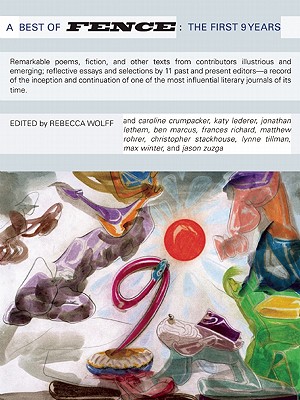Neptune could be seen with binoculars but a large telescope was needed to see anything other than a tiny disk. Its relative position had been “communicated,” but more detailed charts were required to actually find it. Though unsure whether we had “bypassed” or had “trespassed,” we were certain that we had just passed terra incognita, discovering in our discussion of musical counterpoint the only possible analogy (c.f. Medeski Martin and Wood, The Dropper, or experiments by tone scientist Five Philpin (It’s A What?, Directions to the Mothership, et al). Repeated inspections of the placement of our feet, as well as changes in eyewear, improved our awareness of minute variations in the scenery.
Only Brother Sisley remained unconvinced, chanting again the warning on the back of The Book: “Read this guide in its natural progression, environment, and time.” Admittedly, our motor skills had become increasingly sluggish as we switched unconsciously, if not carelessly, between earth-bound adjectival interpretations of words like “nine,” and the uncut concept.
Clearly, we had humped the zenith of sensational art, and each member of our group responded instinctually, each in a different manner, each according to their own phobias, proclivities, and unmet basic needs. Renoir, with his fundamentally classical outlook, was inspired to recapture the firm outline, and vowed thenceforward to abandon naturalistic landscapes entirely. Pissarro joined in the return to order, citing the rectangle in a less-is-more fashion. Jill expressed her desire for an apple by an imperative: “Jack, get me that apple.”
Obviously, mine was to be a Constructed Rejoinder, a response to a test item requiring the initiate to compose an extended if extemporaneous answer, as part of ethically questionable trials designed to encourage thinking and reasoning rather than memorization and recitation. Was I to the task? How long had it been since I had eaten anything but the odd fungus?
“Well, in order to survive,” I said, without bothering to cite Hawkins, “human beings need to consume nutrients, which are an ordered form of energy, and convert them into heat, which is a disordered form of energy. Therefore, intelligent life cannot exist in the contracting phase of the universe.” Or so I suspected, swinging my right leg in front of my body and lowering my back to the ground.
_________________________________
 © 2003 Christian Peet. Published in the chapbook, The Nines (Book 1) and in A Best Of Fence: The First Nine Years. Originally appeared in Fence.
© 2003 Christian Peet. Published in the chapbook, The Nines (Book 1) and in A Best Of Fence: The First Nine Years. Originally appeared in Fence.
 The nine movements of Book 1 include mutations born of an Edge.org interview with mathematician and philosopher Reuben Hersh, as well as a variety of appropriated critical, scientific, and instructional texts chosen randomly from the back of the author’s car after a cross-country exodus: including George F. Adams’ and Jerome Wykoff’s Landforms (A Golden Guide); Kenneth Clark’s Landscape Into Art; Stephen Hawking’s A Brief History of Time; Eric N. Franklin’s and William H. Watkins’ Breakdance!; Anne Waldman’s and Marilyn Webb’s collection of lectures by visiting authors, Talking Poetics from Naropa Institute; and James Webb’s The Occult Establishment.
The nine movements of Book 1 include mutations born of an Edge.org interview with mathematician and philosopher Reuben Hersh, as well as a variety of appropriated critical, scientific, and instructional texts chosen randomly from the back of the author’s car after a cross-country exodus: including George F. Adams’ and Jerome Wykoff’s Landforms (A Golden Guide); Kenneth Clark’s Landscape Into Art; Stephen Hawking’s A Brief History of Time; Eric N. Franklin’s and William H. Watkins’ Breakdance!; Anne Waldman’s and Marilyn Webb’s collection of lectures by visiting authors, Talking Poetics from Naropa Institute; and James Webb’s The Occult Establishment.
